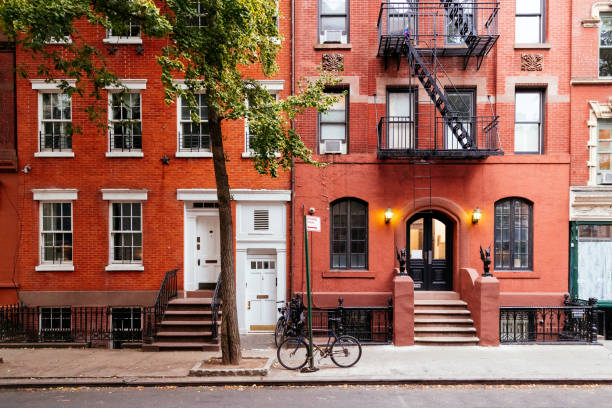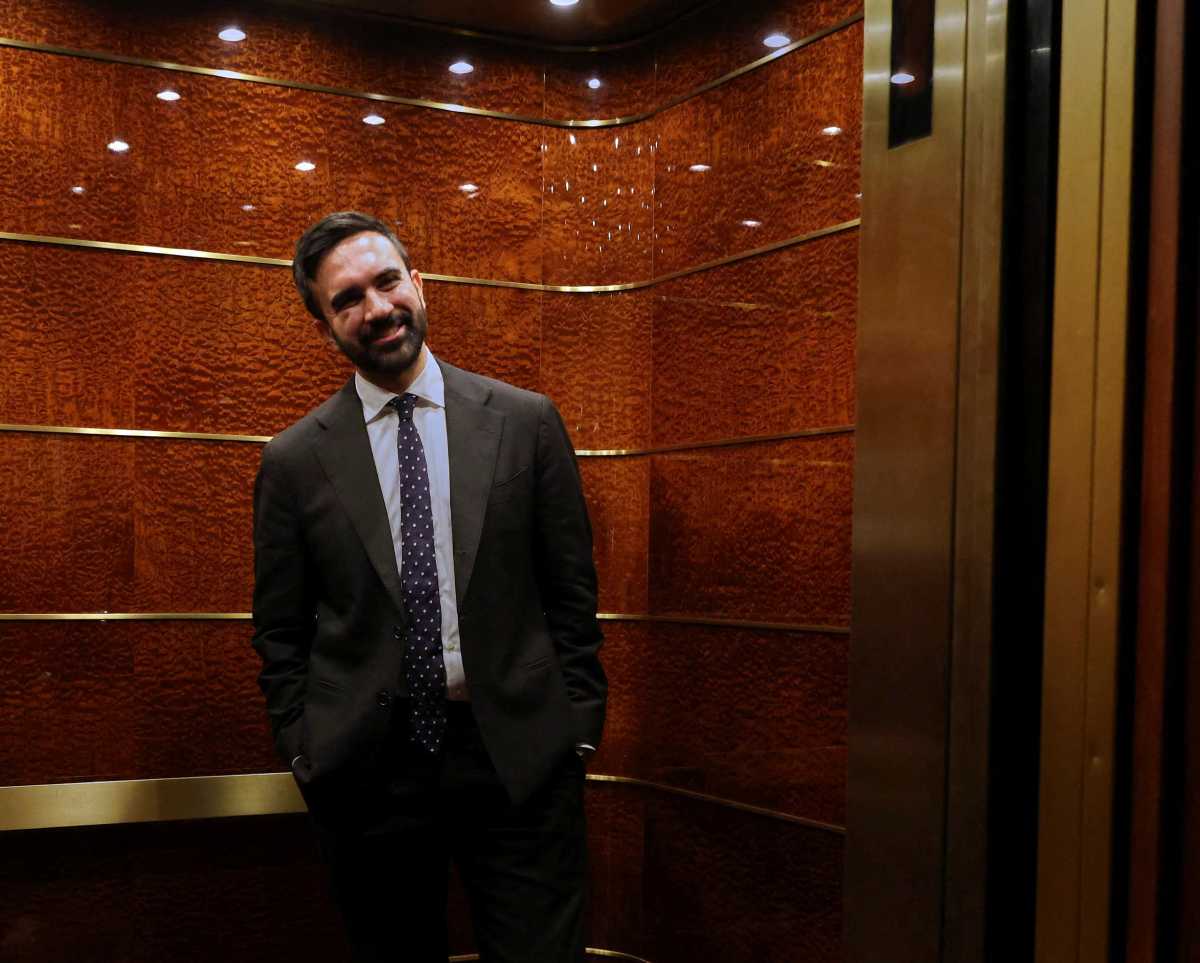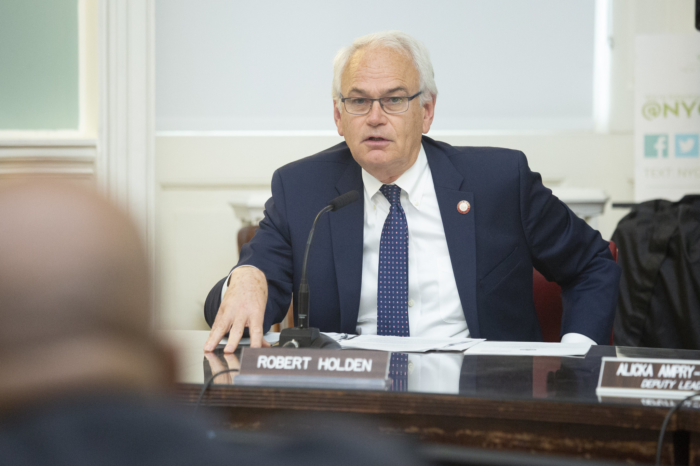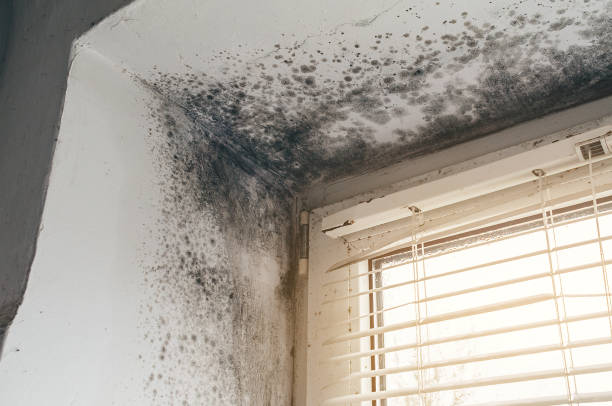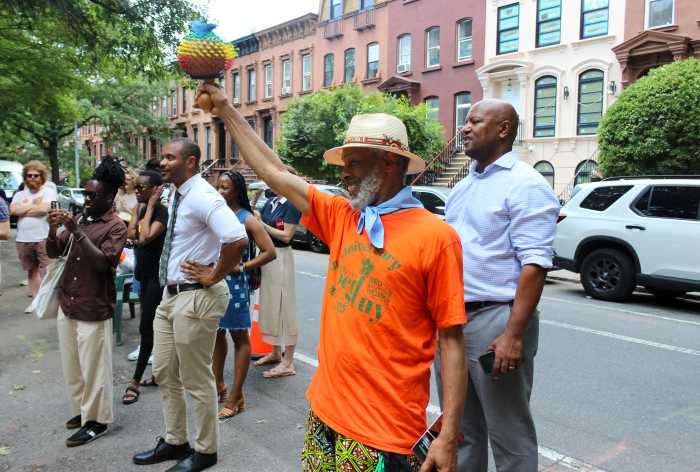 BY LENORE SKENAZY
BY LENORE SKENAZY
New York kids are about to get dirty, frustrated, bruised, and tired.
And soooooooo happy.
This Saturday, a brand new but already cluttered and chaotic “adventure playground” is opening on Governor’s Island. It’s called play:ground. Admission is free on the weekends and children are most welcome.
Parents are not.
That’s the idea behind adventure playgrounds, explains Yoni Kellai, one of the eight volunteers who co-founded the place: Kids play differently when there is a parent around. You’ve seen it yourself. They pester and whine. They get bored and demand adult attention (and Goldfish crackers).
But when kids play on their own, especially when they’ve got hammers and saws and wood and nails, as they will at play:ground, they play a little bigger. They make and break things. And that’s just what kids really crave.
The whole idea of adventure playgrounds began in Denmark in the 1930s. A landscape architect named C.T. Sorenson noted with unusual humility that kids did not seem to be flocking to the kind of well-ordered parks he and his colleagues designed. Instead, they were having the time of their lives playing in junky lots. As he started to imagine what the most engaging playground would look like, he wrote in his journal: “There could be … old cardboard boxes, planks and boards, ‘dead’ cars, old tires, and lots of other things. Of course it would look terrible.”
It sure does. The lots look like rubble. But from then on, adventure playgrounds sprang up across Europe and Japan. In the 1970s, there were even three adventure playgrounds in New York — parks deliberately full of junk and supervised by “playworkers,” that is, adults trained to support play, not direct it. But gradually, those playgrounds disappeared, in part for budget reasons and in part, one suspects, due to liability concerns. Adventure play was replaced by its opposite: The kind of playgrounds we see today, where parents are expected to stay and watch.
What’s missing most is risky play, which is not the same as hazardous play, says Kellai, who teaches circus arts in Brooklyn. Risk is something a child can assess and decide to take or not: Shall I climb a little higher up the ladder today? A hazard is just an unseen danger — for instance, if the ladder had a broken leg the child couldn’t see.
Too often, parents, principals, and insurance companies assume risk and hazard are the same. But eliminating risk eliminates a key element of play: facing something scary and overcoming it. Take it out and play becomes boring.
The adventure playground gives it back.
Governors Island has generously allowed the adventure playground to look as it must: just awful, strewn around with wood, plastic, fabric and whatever junk the founders could find.
“I actually stumbled across what I think you call a dial phone?” says Kellai, 32. “I don’t know if the kids will know what it is.”
That doesn’t mean it isn’t valuable. It could become part of a fort — or the target of hammer practice.
“There’s very little opportunity for a lot of kids living in New York to not just build but destroy their environments without being chastised,” says Reilly Bergin Wilson, a doctoral student who is another one of the play:ground founders. “You could go to your local playground, but if you ever took even a permanent marker, let alone a saw, to anything there, you would get yelled at in seconds — and quite possibly someone would call the police on you.”
Destroying and building are both just fine at an adventure playground. And they’re clearly something the kids love almost more than anything else. When play:ground opened a few short term pop-up playgrounds in Brooklyn, parents who’d normally schedule a day’s worth of amusements were amazed to find their kids could occupy themselves for two, three, four hours without anything more than a gaggle of kids and a pile of planks.
The parents changed as much as the kids.
So: To get to the play:ground there are ferries from Manhattan and Brooklyn. Thanks to Kickstarter and a few grants, there are three playworkers every weekend until the end of September. Since each playworker can oversee about 10 kids, well, you can do the math. If the founders get some more grants, they can hire some more workers and allow in more kids.
During the week, the play:ground is home to a camp that costs $550/week, but scholarships are available.
And outside the play:ground, there’s another area for younger kids — that is, kids under 6 — where parents are allowed and even encouraged to stay. But once those kids get a little older … bye mom!
For more information, visit play-ground.nyc. And let your kids take it from there.
Lenore Skenazy is a keynote speaker and author and founder of the book and blog Free-Range Kids.















